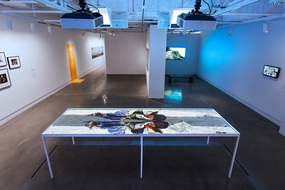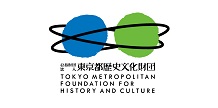Hakan TOPAL
- TOP >
- Archives >
- Residency Program >
- Hakan TOPAL
Research Residency Program
update: 2019.10.7

Hakan TOPAL
| Participating Project | Research Residency Program |
|---|---|
| Activity Based | United States |
| City | Tokyo |
| Period | 2017.5 - 2017.5 |
Purpose of the residency
Alongside the ruins of asymmetrical warfare, we are now living in an era of unimaginable natural destruction. The irreversible effects of climate change, hurricanes, large-scale earthquakes and tsunamis haunts our social psyche and captures our imagination. These volatile occurrences are intensified as governments are unable to sufficiently handle the physical and emotional aftershocks of these catastrophes. In turn, the media transforms the state's failure into a spectacle. Only after the media extravaganza settles down and the aid workers leave, does clean-up and reconstruction begin. Then, artists, designers and social scientists start to work with these sites to employ visual strategies to make sense of what really happened. With the help of local and international art organizations, artists tackle the human condition and our innermost collective fears to rethink life in the wake of natural disasters. My project proposal "Dire-Image" identifies diverse contemporary art practices and their manifestations in the aftermaths of several recent catastrophes. This project is an interdisciplinary undertaking which traverses urban sociology, sociology of art, art history and anthropology. This research project reflects both of my artistic and scholarly interests as an artist, designer and sociologist.
Plan during the residency
During the last two decades, some large-scale natural catastrophes hit the industrial areas and coastlines of Turkey, United States, Haiti, Southeast Asia and Japan, with long-term consequences. The effects of natural events exponentially intensify in concentrated urban clusters and coastal zones. These disasters not only betray the vulnerabilities of built environments, but at the same time, they unravel the precarity of contemporary social life, economic, gendered, ethnic and racial inequalities as well as the new [global] logic of neoliberal development. The absolute collapse of infrastructures calls our attention to the notion of social organization and provides political openings to be manipulated. Catastrophe is a clean slate where one can imagine a brand-new future. However, it is the very obsession of this newness that drives neoliberal transformation, and we already live amongst constant demolition and construction. In Tokyo, I will try to make sense of a vulnerable geography and compare it with my home country, Turkey.







